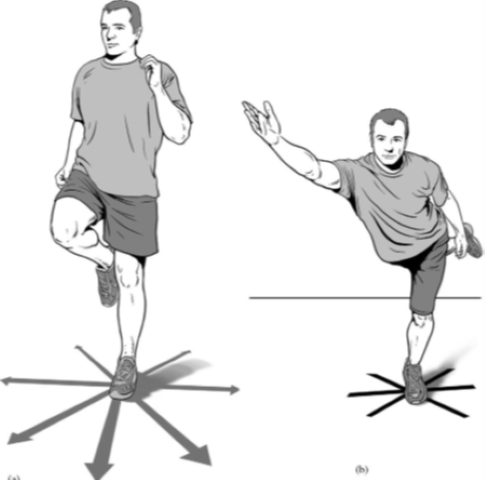So you’ve read about the dangers of sitting and decided to switch to a sit-stand desk. Great! Or is it?…
Although sit-stand desks are a great way to minimise sitting and move more throughout the day the problem is that most people’s bodies aren’t ready to stand for long periods. Moving from sitting all day straight to standing can lead to some very real problems.
Follow these simple tips to make your transition to a sit-stand desk as smooth as possible.
It takes time for the body to adapt to the stress of standing. Years of sitting means that most people are grossly deconditioned and too weak/ inflexible to work from a standing desk. So make sure to go slow and give your body a chance to adapt.
Start with one bout of standing per day of around 10-20 minutes. Slowly add in more periods of standing throughout the day and then later increase the time spend standing in each period. Listen to your body and if you ache or pain take a break. Or even better take a break before you ache! A good rule of thumb is to switch postures every 20 minutes and go for a short walk / do a microbreak every hour.
You can speed your transition to a sit-stand desk, and decrease the risk of injury by working on any underlying strength and mobility deficits. The three most common strength deficits when it comes to standing are the feet, hips and trunk.

The functional reach is a great exercise to build strength and balance in your feet and hips. To perform:
Trunk stability and endurance can be effectively and safely developed with the side bridge exercise:

Along with appropriate muscle balance and strength, for good movement and posture we also need sufficient mobility. Many people are so tight that they cannot stand upright with good alignment. Without the mobility to achieve an upright posture the joints are forced to sit in a compensated position and the muscles have to work harder than necessary. This makes standing more tiring than it should be and can increase the risk of injury.
A good test of general postural mobility is the Wall Angel test. If you score less than a ‘2’ add in some mobility exercises to your daily routine. Take a look at the following exercises aimed at restoring upright posture:

Simple, practical advice for creating a healthier workspace. Includes:
[mashshare]
Reproduced from Liebenson. C., Journal of Bodywork and Movement Therapies
‘How to safely transition to a sit-stand desk’ was written by Steffen Toates. Steffen is a chiropractor at Dynamic Health Chiropractic in Jersey, Channel Islands. For more information about Steffen click here.
© 2025 Dynamic Health. Powered by Oncord
Leave a Comment